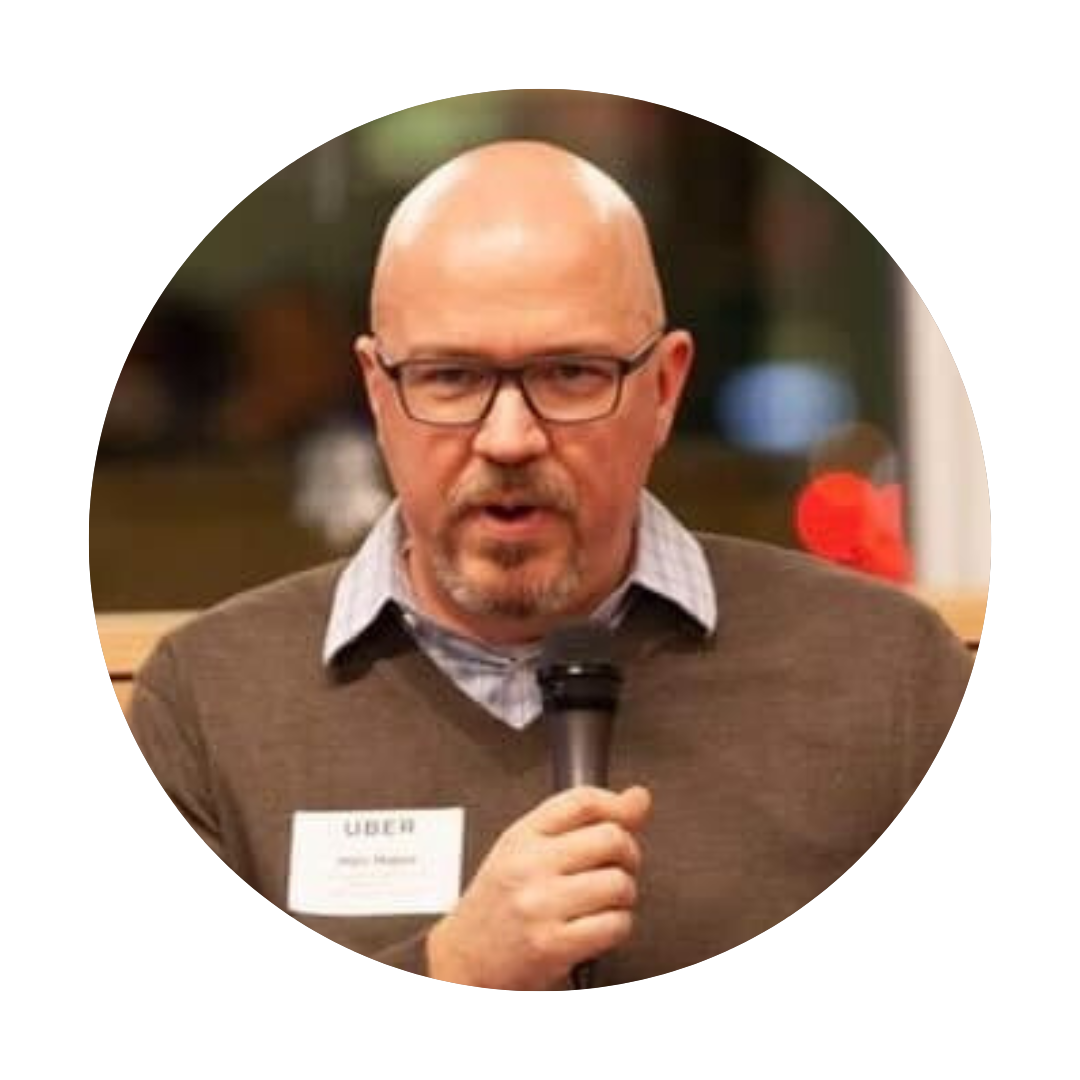The Seven Deadly Sins of Key Account Management
in Key Account Management /It’s easy to spot the biggest sin of all in client management: losing the account. But by the time that happens, it’s already too late. The real work is spotting the early signals and changing course before churn shows up on a report. What should you watch for—and how do you turn those moments into measurable value?
Below, we revisit the Seven Deadly Sins of Key Account Management—everyday mistakes that quietly drain revenue and momentum. First, we unpack the problem each sin creates; then we show how Kapta’s system of action helps teams flip risks into retention, expansion, and exec-ready proof of impact.
1) Being tactical instead of strategic
The issue: When account teams live ticket to ticket, they fulfill requests but miss the why behind them. Activity looks healthy, yet plans don’t ladder up to customer outcomes, so deals stay small and relationships stay shallow. Teams become order takers, not growth partners. The pipeline skews toward short-term wins, forecasting gets noisier, and competitors earn the “strategic partner” seat.
With Kapta: Capture customer objectives, map stakeholders, and tie every action to the bigger mission. Kapta turns deliverables into a discovery loop (goals, roles, org maps, success metrics) so teams consistently connect work to strategy—graduating from “vendor who executes” to “partner who accelerates,” and unlocking larger, multi-threaded SOWs.
2) Being reactive instead of proactive
The issue: If you’re always responding, you learn about problems when they’re already urgent—after a sponsor left, priorities shifted, or a competitor seeded doubt. Surprises multiply; fire drills crowd out value-creating work. Execs get blindsided, CSAT dips, and teams burn cycles on remediation instead of momentum.
With Kapta: See shift signals early. Health scoring, freshness tracking, risk registers, QBR management, VOC and SWOT put leading indicators in one place. Teams monitor trends, spot silence, and adjust plans before issues escalate—fewer “uh-ohs,” faster pivots, and a reputation for showing up with answers, not apologies.
3) Being self-centered instead of customer-centric
The issue: Internal goals can hijack account motion—quarterly pushes, product agendas, siloed updates—while the customer’s outcomes fade into the background. Engagement drops, and so does renewal and upsell likelihood. Teams chase internal KPIs at the expense of solving the customer’s jobs-to-be-done, creating friction and slowing expansion.
With Kapta: Make customer outcomes the operating system. Shared plans, contributor roles, and executive views align the whole team on what the customer must achieve and how you’ll prove it. The result is durable relationships and steady, sustainable revenue—even when markets wobble.
4) Not building (or maintaining) account plans
The issue: Big aspirations stall without a living plan. PowerPoints takes ages to build, get approved, then disappear. Spreadsheets splinter across owners. Momentum fades, handoffs get missed, and months slip by without measurable progress. Status meetings turn into archaeology, new teammates lack context, and stakeholders lose confidence.
With Kapta: Turn strategy into motion. Templates and a single view of real-time data convert goals into objectives, actions, owners, and dates—kept alive by reminders, dependencies, and portfolio roll-ups. Copy winning plays, ditch scattered spreadsheets, and keep everyone executing against the same source of truth.
5) Using the wrong systems
The issue: Traditional CRMs are built for net-new sales, not strategic customer growth. For account teams, they breed double entry, shallow visibility, and “where does that live?” confusion—so people retreat to offline trackers (spreadsheets) and insight gets lost. Integrations become brittle, adoption suffers, and the “system of record” is anything but a system of action.
With Kapta: A platform purpose-built for account teams. White-space views, renewal workflows, coaching, meeting notes, org charts, metrics, and risk management all live together—and integrate with Salesforce, Hubspot or Dynamics for compliance and roll-up data —so nothing is a silo and nobody wastes time re-keying.
6) Not reporting value back
The issue: If outcomes aren’t captured and shared, they’re forgotten. Budget owners can’t defend spend, champions lose air cover, and renewals turn into price conversations. Without proof, procurement leans into competitive re-bids and your value narrative gets written by someone else.
With Kapta: Tie initiatives to KPIs on day one and let results roll up automatically. Health trends, saved revenue from risk mitigation, progress versus plan, and customer-facing reports are always a click away—making renewals easier and expansions more defensible.
7) Assuming everyone in the company understands the client
The issue: As organizations scale, context and data fragments. Product ships roadmaps that don’t match reality. Marketing builds assets that miss the moment. Leaders ask for updates no one can quickly assemble. Customers feel the disconnect. Tribal knowledge gets trapped in inboxes and Slack threads, causing misfires and duplicated work.
With Kapta: Centralize customer context—shared notes, combined views across complex hierarchies, org maps, meeting summaries, and plan progress—so every function acts on the same narrative. Cross-functional execution tightens; outcomes improve.
Conclusion
Nobody wants customer churn, and everyone wants growth. The path to both is avoiding these everyday pitfalls—and turning account work into a measurable system of action. Kapta helps account teams do exactly that: fewer blind spots, stronger plans, clearer value, and more revenue from the customers you already worked hard to win.
Want to see how? Schedule an intro call today and explore how Kapta converts daily effort into lasting outcomes.







